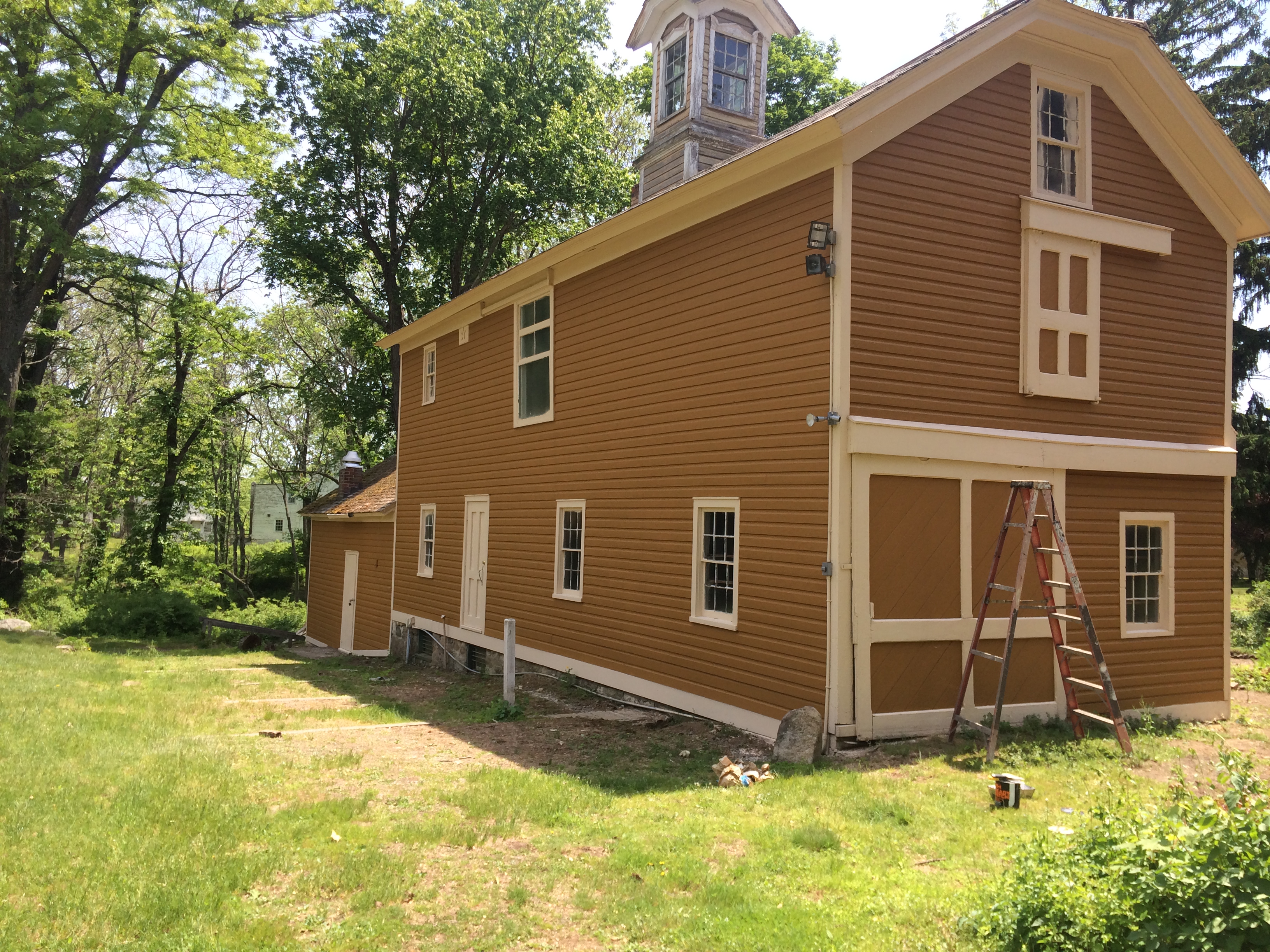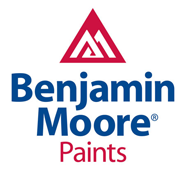A Guide for Property Managers and Business Owners
Selecting the right commercial painting contractor is a critical decision that impacts your property’s value, appearance, and longevity. For businesses in Red Bank, New Jersey, finding a team that combines local expertise with a comprehensive range of services is key. A professional paint job does more than just refresh a building’s look; it protects your investment from the elements, enhances brand image, and ensures a safe, welcoming environment for clients and employees. This guide will walk you through the essential qualities to seek in a commercial painting partner.
Beyond the Brush: Core Competencies of a Premier Painting Contractor
The difference between an adequate paint job and an exceptional one lies in the contractor’s experience, process, and scope of capabilities. A top-tier contractor operates as a project partner, understanding that their work is integral to your business operations. They should demonstrate a proven track record, a commitment to safety, and the flexibility to work around your schedule to minimize disruption.
Experience and Portfolio
An established contractor with decades of experience, like Spectra Painting’s service since 1989, brings invaluable knowledge to every project. Review their client list and galleries. Do they have experience with properties similar to yours? Whether it’s an office building, an industrial facility, or a historic facade, their portfolio should showcase a diverse range of successful projects.
Licensing and Insurance
Never overlook the fundamentals. A professional commercial painting contractor must be fully licensed and insured in the state of New Jersey. This protects your business from liability in the event of accidents or property damage. Ask for proof of general liability insurance and workers’ compensation.
Detailed, Transparent Proposals
A transparent and detailed proposal is the hallmark of a professional. It should clearly outline the scope of work, including surface preparation, the specific types and brands of materials to be used, the number of coats, and a projected timeline. Vague estimates can lead to unexpected costs and disputes later on.
Specialized Services for Modern Commercial Needs
Commercial properties often require more than a standard coat of paint. Look for a contractor offering specialized services that can protect and enhance various surfaces within your facility. These advanced techniques save time, reduce costs, and deliver superior, long-lasting results.
Electrostatic Painting: A Flawless Factory Finish
For metal surfaces like lockers, railings, window frames, and machinery, electrostatic painting is a game-changer. This method uses a positive electrical charge in the paint and a negative charge on the surface, causing the coating to wrap around the object for a perfectly uniform, durable finish. The process minimizes overspray, reduces waste, and allows for items to be returned to service almost immediately, making it ideal for active business environments.
Sandblasting for Superior Surface Preparation
The longevity of any paint job depends entirely on the quality of the surface preparation. Sandblasting is an essential service for industrial and commercial projects involving steel or masonry. It effectively removes old paint, rust, and contaminants, creating a clean, profiled surface that ensures maximum adhesion for new coatings. This is especially crucial for applying protective coatings like epoxy that require a pristine substrate.
Historic Restoration: Preserving Architectural Integrity
Areas like Red Bank are rich with history. Properties with historical significance demand a specialized approach. A contractor skilled in historic restoration understands the importance of working with conservators, using period-appropriate materials, and employing meticulous techniques to preserve the building’s original character while providing modern protection. This expertise is vital for navigating the unique challenges of registered historic sites.
The Local Advantage: Why a Red Bank, NJ Contractor Matters
Hiring a contractor with deep roots in New Jersey offers distinct advantages. A local company understands the regional climate and its impact on different building materials. They are familiar with local regulations and permitting processes, ensuring your project proceeds smoothly and without compliance issues. Furthermore, a local contractor is invested in their community reputation. They are more accountable and accessible, providing peace of mind from project start to finish. Spectra Painting has proudly served the State of New Jersey for over 30 years, building a legacy of trust and quality craftsmanship in communities like Red Bank.
Did You Know?
Proper surface preparation can account for up to 70% of a commercial painting project’s success and longevity. Skipping this step is the most common cause of premature paint failure, leading to peeling, blistering, and corrosion.
Ready to Elevate Your Commercial Property?
Whether it’s a complete exterior repaint, a detailed interior project, or specialized industrial coatings, the right team makes all the difference. Choose a contractor with the experience, skill, and professionalism to protect and enhance your Red Bank property.
Frequently Asked Questions
How long does a typical commercial painting project take?
The timeline for a commercial project varies significantly based on its size, complexity, the extent of surface preparation needed, and weather conditions for exterior work. A professional contractor will provide a detailed project schedule in their proposal after a thorough site evaluation.
Can you work around our business hours to minimize disruption?
Absolutely. Experienced commercial painters understand the importance of minimizing disruption to your operations. Companies like Spectra Painting offer flexible scheduling, including working after hours, on weekends, and during holidays to accommodate your business needs.
What types of paint do you use for commercial projects?
The type of paint depends on the surface and its use. We use high-quality, durable coatings from reputable manufacturers, including low-VOC and zero-VOC paints for interior spaces, heavy-duty epoxies for industrial floors, and specialized coatings for weather resistance and protection.
Is surface preparation included in your quote?
Yes, all our proposals include a detailed outline of the necessary surface preparation. This can range from simple cleaning and patching to more intensive methods like power washing or sandblasting to ensure the best possible finish and durability.
Do you also handle residential painting?
Yes, in addition to our commercial work, we provide expert residential painting services. We bring the same level of professionalism and quality to both home and business projects, whether it’s an interior refresh or a full exterior repaint.






